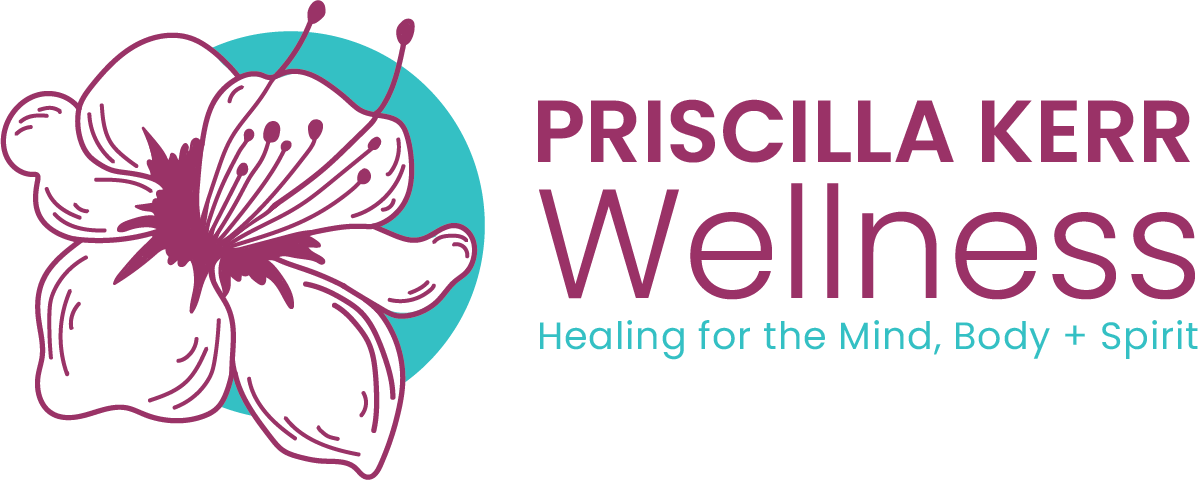Ancient Healing, Modern Use
Acupuncture and acupressure, developed in China over 3,000 years ago, are now widely used across North America to support health and well-being. In the United States and Canada, these natural therapies are especially effective in managing fibromyalgia symptoms—helping reduce pain, increase energy, and improve quality of life.
What Is Acupuncture?
Acupuncture is a key therapy in Traditional Chinese Medicine (TCM). It helps restore balance, promote circulation, and encourage the body’s natural healing process.
- Uses thin, sterile needles (1–10 cm) placed in specific acupuncture points (acupoints)
- Targets imbalances contributing to pain, fatigue, or stress
- Needles remain in place for about 20 minutes
- Stimulates endorphins, circulation, and relaxation
What Is Acupressure?
Acupressure is based on the same principles as acupuncture but uses pressure instead of needles.
- Practitioners apply pressure with fingers, knuckles, palms, elbows, or feet
- Pressure is held for 3–10 seconds on targeted acupoints
- Commonly used for fibromyalgia pain, headaches, stress, and muscle tension
Conditions Treated with Acupuncture & Acupressure
These therapies are often used for:
- ✅ Chronic pain, including fibromyalgia
- ✅ Acute pain and injuries
- ✅ Digestive issues like IBS
- ✅ Cardiovascular concerns
- ✅ Muscle and nerve disorders
How Acupuncture & Acupressure Work
Eastern Medicine View
Both therapies aim to restore the flow of Qi (life energy), bringing the body back into balance.
Western Medicine View
Modern research suggests acupuncture and acupressure may:
- Block pain signals from reaching the brain
- Release endorphins (natural painkillers)
- Boost serotonin and neurotransmitters that regulate mood and pain
- Improve circulation and reduce muscle tension
Acupuncture & Fibromyalgia: What Research Shows
Fibromyalgia causes widespread pain, fatigue, and mood changes. Studies show acupuncture provides meaningful relief:
- A Mayo Clinic study found reduced pain, fatigue, and depression after acupuncture.
- Patients reported more energy and relief lasting for weeks.
- Other trials showed improved blood flow, fewer tender points, and better muscle function.
- Results were comparable to medications like antidepressants—without the side effects.
What to Expect in a Session
- Consultation – review of medical history and fibromyalgia symptoms
- Assessment – pulse and tongue diagnosis (common in TCM)
- Treatment – up to 15 acupoints stimulated with needles (acupuncture) or pressure (acupressure)
- Sensation – mild tingling, warmth, or deep relaxation (not pain)
After treatment, patients often feel relaxed, lighter, or energized.
Safety and Finding a Practitioner
Side effects are rare but may include mild bruising, soreness, or fatigue. To ensure safe and effective care:
- Choose a licensed or certified acupuncturist or acupressurist
- Ask about training and clinical experience (most complete a 4-year master’s program)
- Check with your family doctor or specialist if you have underlying health conditions

